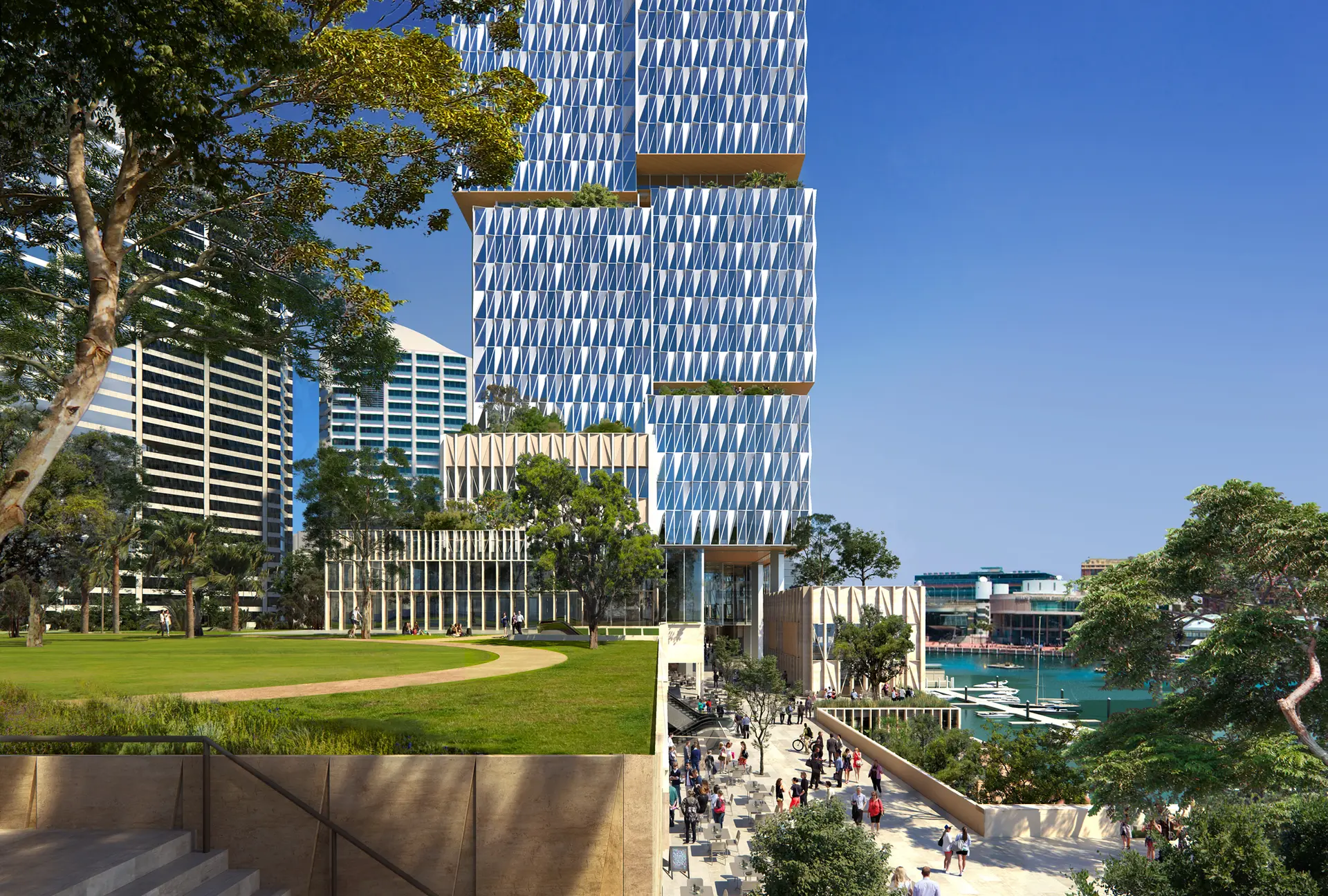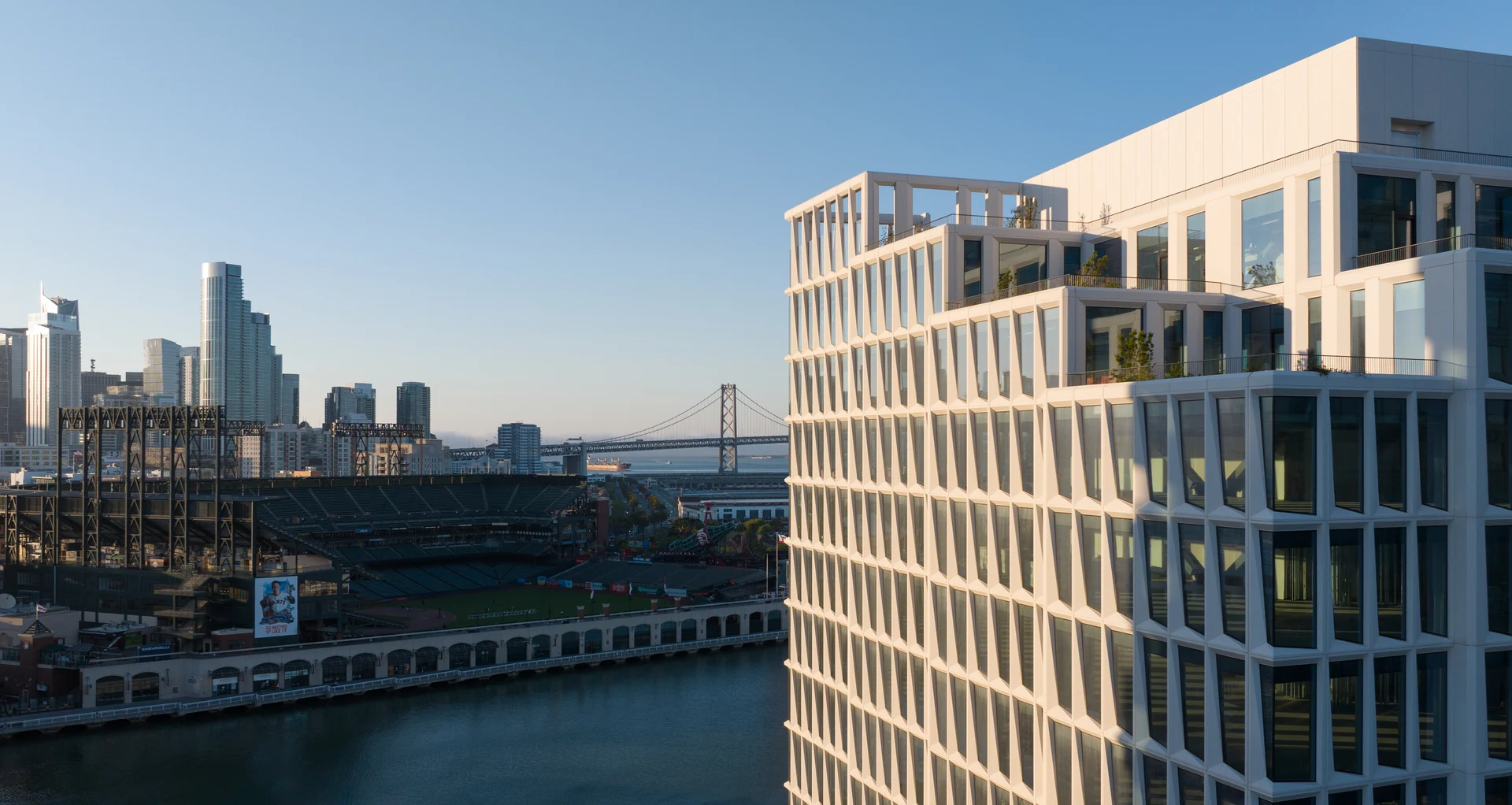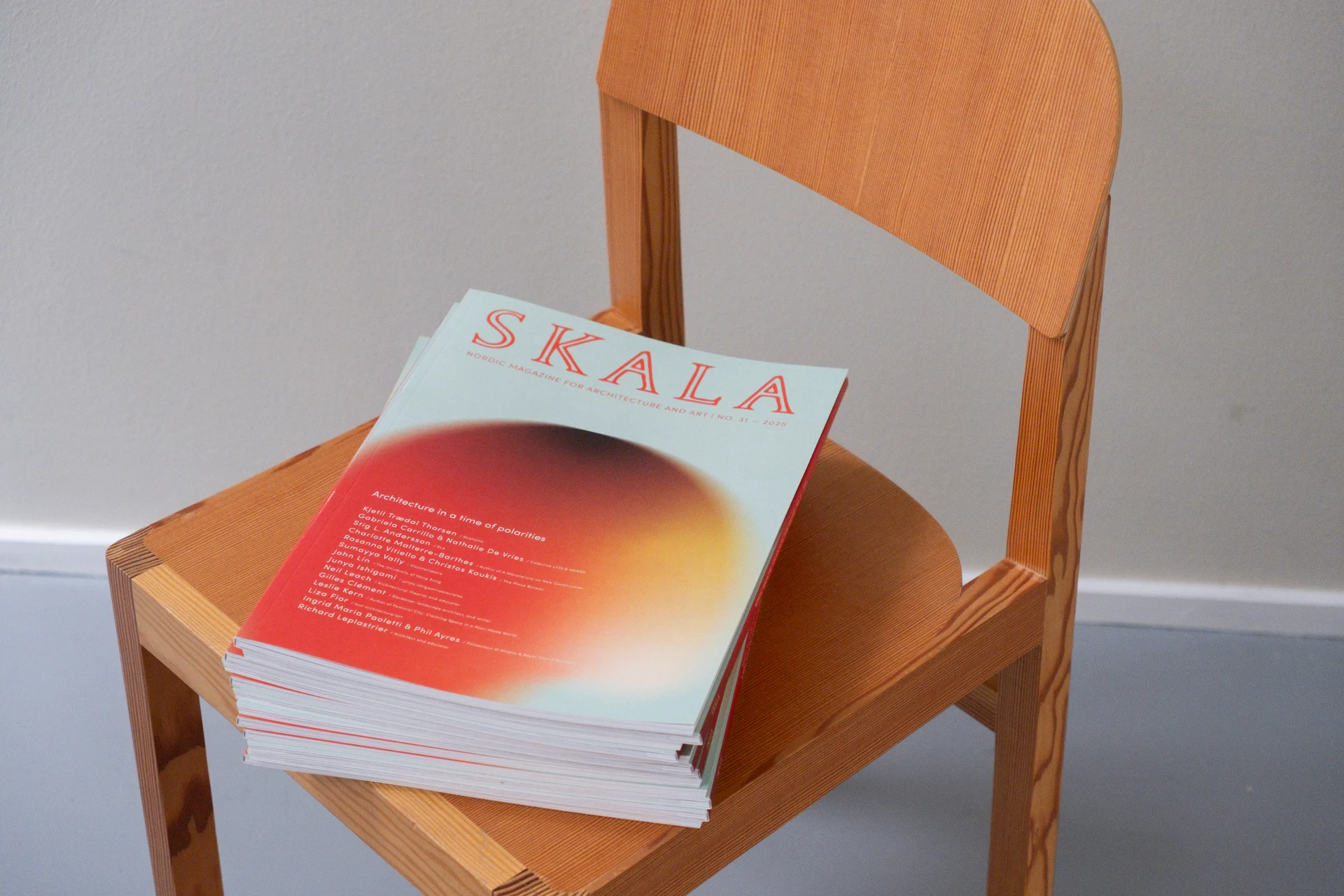Can you explain the drivers, conceptual or otherwise, behind Seoul Valley and Cockle Bay Park?
Nina la Cour Sell: For the Seoul Valley project, it was taking the traditional mall or shopping concept and turning it inside out to offer a future urban experience. The more we looked at what existed in that typology, the more we felt it was in need of…rephrasing. That flip drove the retail portion, which in turn drove the rest of the design.
Viggo Haremst: Our approach in Cockle Bay Park was two pronged. We saw retail (the podium, in effect) as being the hook for people on the site, but the main driver for the design and its success had to be grounded in workplace. That’s the tower. This is not an uncommon take; many towers have a retail podium upon which a workplace tower rests. We were interested, however, to try to find a more accessible interface between these two domains – we wanted there to be no clear threshold between the two that you had to cross. The goal was basically that you shouldn’t be able to tell that you are moving between different types of spaces until you are in the heart of the other.
What was the reason behind that?
VH: Put simply, it's to enhance the experience for both the worker and the public. In normal cases, the podium is just a massive object that you are either inside of (as a worker) or outside of (as the public.) We - not just us as the designers, but also the client - were aiming here to create a place that blended the inside and outside in order to give both parties more opportunities for discovery, activity, and interaction. The balance is really crucial, but properly struck it makes the experience for both sets of users richer.
NCS: When thinking about the places you feel most at home, the first place is…home! Or your neighborhood. A big part of that is down to scale, things are designed truly with people in mind first. The size of a window or door, the placement of rooms or houses – humans are the yardstick. We felt that if we could translate that sensibility to the design of the podium, it would go a long way in terms of making people feel comfortable. It was about emanating a sense of universal accessibility.
VH: Yes, exactly.
NCS: In Seoul Valley, we were very focused on making a place that was attractive to the locals (as well.) Both projects are located very centrally in their respective cities…but these areas are not frequented by locals. This paradigm – locals not occupying the center - is pretty common, but it’s not…right, right? We wanted people to feel like they had a space in the heart of their city.
It’s interesting that both projects have similar site conditions: they’re centrally located, but also isolated (cut off by train tracks in the case of Seoul and by a highway in the case of Cockle Bay Park). Did you see these projects, and this approach to their design as a way of making -- ...
NCS: An urban shortcut. Exactly.
VH: In the end, that’s what makes it all work. We’ve been discussing a lot that you can’t think of either place (Cockle Bay Park or Seoul Valley) as a mall, even though there’s so much retail that’s at the hearts of both. You have to think of them as urban districts, otherwise you lose all these qualities of community and accessibility that are so essential. So it’s absolutely about looking at it as a smaller district that connects to the city.
I imagine that focusing on the user, on people – even on the city - that’s a pretty natural course for a designer. How do you go about convincing a client or a developer of the value in that approach?
VH: It’s been an interesting process, and our client has been not just supportive of our concept, but also collaborative from day one. It's funny - initially the conversations with them started from a really commercially-driven place, but the more we worked together, the more our discussions moved from this end of the scale towards words like 'neighborhood' and 'community.' Our client is very switched on and understands the values we need to bring to the city (of Sydney) - values that make it a better project, and also that fuel activity and attract people.
NCS: There’s a ripeness for it in society, I think. It’s been just below the surface for quite some time, but the pandemic in particular has accelerated the urgency for a different way of thinking. Why would you spend time in a massive indoor space with tons of people around? The idea seems really outdated these days.
VH: We can’t deny the fact that we have experienced – are experiencing – a pandemic. It has moved so fast in terms of how it has altered our perceptions.
NCS: We’re also searching for human contact now, more than ever. But in a different way. We want to be part of a community – in person…But maybe not right on top of each other.
VH: But in the traditional models, there’s no choice other than be on top of each other! You choose that experience, you choose to go there, but also there’s not really an alternative. Would people consistently choose it if there were other options available? There’s space for us to define a better, more accessible future here.




